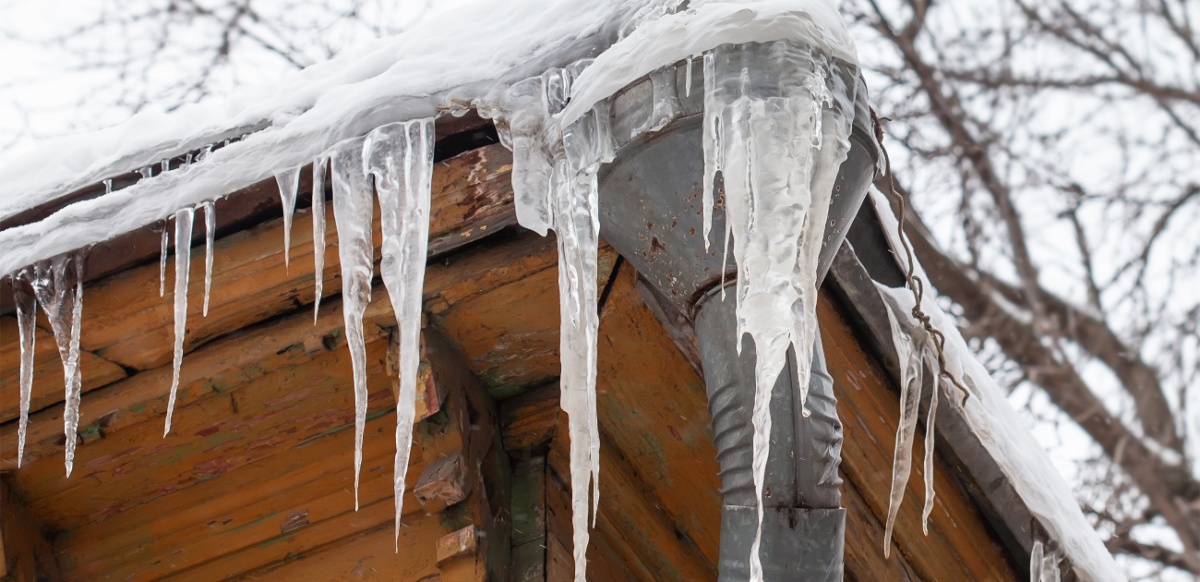Tips to Defend Plumbing System from Cold Weather: Essential Tips
Tips to Defend Plumbing System from Cold Weather: Essential Tips
Blog Article
We have discovered the article relating to How To Avoid Freezing Pipes listed below on the web and concluded it made sense to write about it with you in this article.

Cold weather can wreak havoc on your pipes, particularly by freezing pipes. Here's how to stop it from taking place and what to do if it does.
Introduction
As temperatures drop, the threat of frozen pipes boosts, possibly resulting in expensive repair services and water damages. Recognizing how to avoid icy pipelines is critical for homeowners in chilly climates.
Recognizing Frozen Pipes
What triggers pipelines to ice up?
Pipes ice up when exposed to temperature levels listed below 32 ° F (0 ° C) for prolonged periods. As water inside the pipelines freezes, it broadens, putting pressure on the pipe wall surfaces and potentially causing them to break.
Threats and damages
Frozen pipes can lead to water system interruptions, residential property damages, and pricey repair services. Burst pipelines can flood homes and cause substantial architectural damage.
Signs of Frozen Pipeline
Identifying frozen pipes early can avoid them from bursting.
Just how to identify icy pipelines
Try to find decreased water circulation from taps, uncommon odors or noises from pipelines, and noticeable frost on subjected pipes.
Prevention Tips
Protecting prone pipes
Wrap pipelines in insulation sleeves or use heat tape to secure them from freezing temperatures. Concentrate on pipes in unheated or outside areas of the home.
Heating strategies
Maintain interior spaces effectively heated, specifically locations with plumbing. Open closet doors to allow warm air to distribute around pipelines under sinks.
Protecting Outdoor Plumbing
Yard hose pipes and outdoor taps
Detach and drain pipes yard pipes prior to winter months. Install frost-proof faucets or cover exterior faucets with protected caps.
What to Do If Your Pipes Freeze
Immediate actions to take
If you believe frozen pipes, keep taps open to relieve pressure as the ice thaws. Utilize a hairdryer or towels taken in warm water to thaw pipes gradually.
Long-Term Solutions
Architectural changes
Think about rerouting pipes away from exterior walls or unheated areas. Include additional insulation to attic rooms, cellars, and crawl spaces.
Upgrading insulation
Buy top quality insulation for pipelines, attics, and wall surfaces. Proper insulation aids preserve constant temperature levels and lowers the risk of icy pipelines.
Conclusion
Preventing icy pipelines needs aggressive steps and fast responses. By recognizing the causes, indications, and safety nets, house owners can protect their pipes throughout cold weather.
6 Proven Ways to Prevent Frozen Pipes and Protect Your Home
Disconnect and Drain Garden Hoses
Before winter arrives, start by disconnecting your garden hoses and draining any remaining water. Close the shut-off valves that supply outdoor hose bibs and leave the outdoor faucet open to allow any residual water to drain. For extra protection, consider using faucet covers throughout the colder months. It’s also important to drain water from any sprinkler supply lines following the manufacturer’s directions.
Insulate Exposed Pipes
Insulating your pipes is an effective way to prevent freezing. Pipe insulation is readily available at home improvement stores and is relatively inexpensive. Pay close attention to pipes in unheated areas such as the attic, basement, crawl spaces, or garage. Apply foam insulation generously to create a buffer against the cold. You can also wrap your pipes in heat tape or thermostat-controlled heat cables for added warmth.
Seal Air Leaks
Inspect your home for any cracks or openings that could let in cold air. Seal any holes around the piping in interior or exterior walls, as well as the sill plates where your home rests on its foundation. Additionally, make sure to keep your garage door closed unless you’re entering or exiting. Leaving it open creates a significant air leak that can lead to frozen pipes.
Allow Warm Air Circulation
During cold snaps, it’s essential to allow warm air to circulate evenly throughout your home. Leave interior doors ajar to promote better airflow. Open kitchen and bathroom cabinets to help distribute heat consistently around the rooms. If you have small children or pets, be sure to remove any household chemicals or potentially harmful cleaners from open cabinets for safety.
Let Faucets Drip
A small trickle of water can make a big difference in preventing ice formation inside your pipes. When temperatures drop significantly, start a drip of water from all faucets served by exposed pipes. This continuous flow helps prevent the water from freezing. Additionally, running a few faucets slightly can relieve pressure inside the pipes, reducing the chances of a rupture if the water inside does freeze.
https://choateshvac.com/6-proven-ways-to-prevent-frozen-pipes-and-protect-your-home/

We had been made aware of that report about How to prepare your home plumbing for winter weather from a friend on a different web page. Remember to take the opportunity to promote this entry if you enjoyed it. Many thanks for taking the time to read it.
Click Here To Read More Report this page